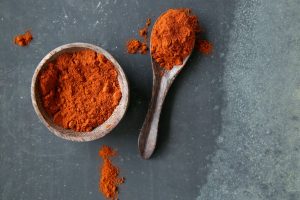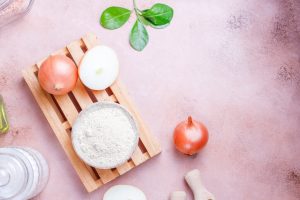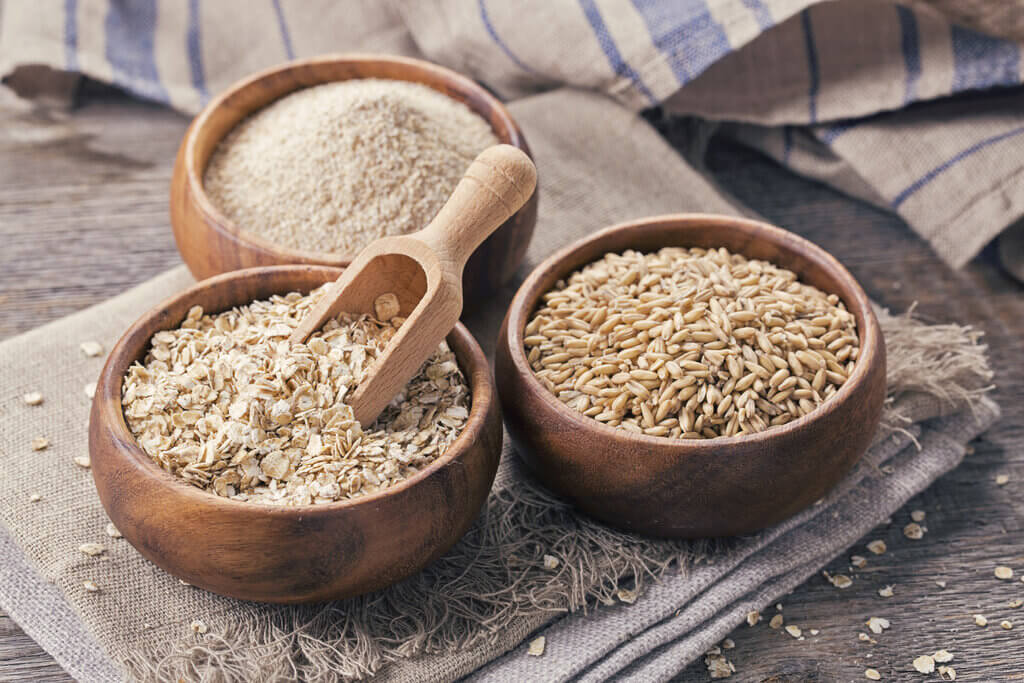
Incorporating grains is a fantastic way to add nutrition to your diet, and one of the nourishing grains often found in kitchens is the humble and familiar oats. This superfood is primarily a great source of energy hence why most healthy food recipes consider this an important ingredient to include in meals!
With different types of oats available in stores, picking the right one that suits your tastes and needs can be a bit of a head-scratcher. To help you determine what’s best for you, we’ve run down everything to know about this beloved grain. Discover below the different types of oats, how oats are made, and their health benefits!
How Are Oats Made?
Oats come in different forms, but they all originate from the cereal plant known as the Avena sativa. Knowing the humble beginnings of this staple is important to note as different types of oats vary in how they’re usually used. Using one over the other may alter the taste and texture of your dish.
The familiar packaged grains we’re familiar with all begin as whole oat groats. These are then stripped of their outer layer or hull. The nutritious parts specifically the bran, endosperm, and germ remain intact. When the bran is removed and different manufacturing processes are involved, different types of oats are then produced.
The degree of processing oats go through has a significant effect on the product. Basically, the more processed varieties tend to cook quicker but have less texture and chew. On the other hand, less processed oats have longer cook times, but they still retain most of their health benefits, structure, and flavor.
After processing the oats, it is important for the grain to be dried with air and steam to thoroughly remove excess moisture. This prevents the growth of bacteria in the product and prolongs its shelf life, while also preparing it for roasting to get that nuttiness from oats that we’re fond of.
Different Types of Oats
As discussed, depending on how much oats are processed, oat varieties differ in terms of preparation, appearance, and use. These are all important factors to consider to determine which type of oat is the best for you.
We will talk about the eight oat varieties in order of least to most processed:
- Whole oat groats
- Oat bran
- Steel-cut oats (Irish oats)
- Scottish oats
- Rolled oats (Old-fashioned oats)
- Quick oats
- Instant oats
- Oat flour
Of course, choosing which type is best to use ultimately boils down to your preference and the dish you’re whipping up.
Whole Oat Groats
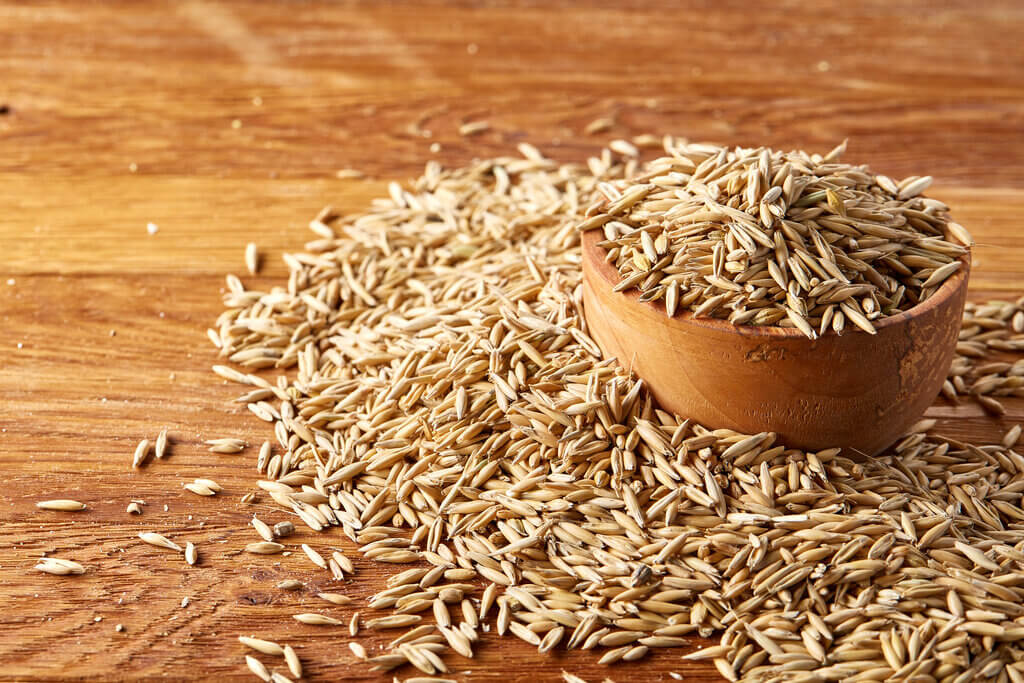
Alternatively known as oat kernels or oat berries, this variety takes the longest time to cook out of all the other types of oats. Most of its parts remain intact apart from its inedible hull which is removed during the manufacturing process.
Much like rice, using the stovetop, slow cooker, or Instant Pot works best to cook whole oat groats. Simply take 1 cup of rinsed oat groats with 8 cups of water to a boil, then reduce the heat to medium-high and boil until it is done to your liking.
This type of oat takes about 30 to 45 minutes to cook. Drain the groats from the liquid and dress them with your preferred seasoning to make hot cereal or you can add them to salad bowls and stews. Hearty and filling, it is also great for savory recipes like soups and risottos.
Oat Bran
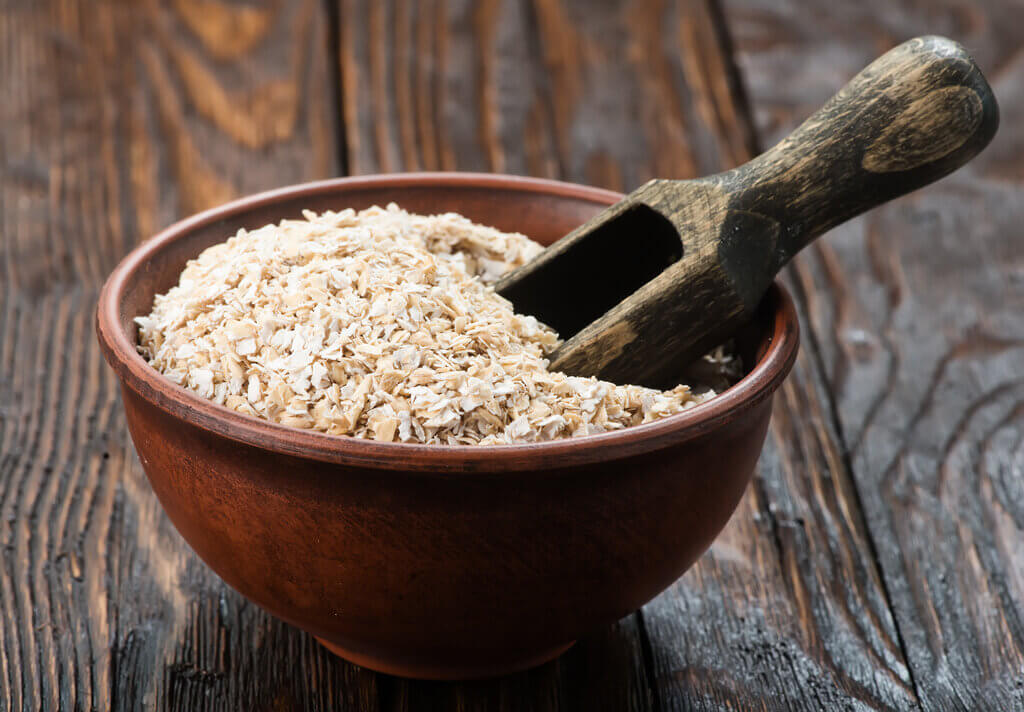
Packed with rich and nourishing fiber, oat bran is essentially the separated outer layer of oat kernels that is a great addition to many dishes like cereal, porridge, or even baked goods to add a bit of nutritional boost.
You can boil this oat on the stove for 5 minutes or prepare it using a microwave or slow cooker. Additionally, keep in mind that incorporating bran into your cooking can affect the texture of your food. The sudden increase of fiber intake in your diet might cause digestive problems. So, a more gradual approach is best to help your body process oat bran. When you’ve adjusted to the fiber, oat bran will help with constipation and improve gut health.
Steel-Cut Oats (Irish Oats)
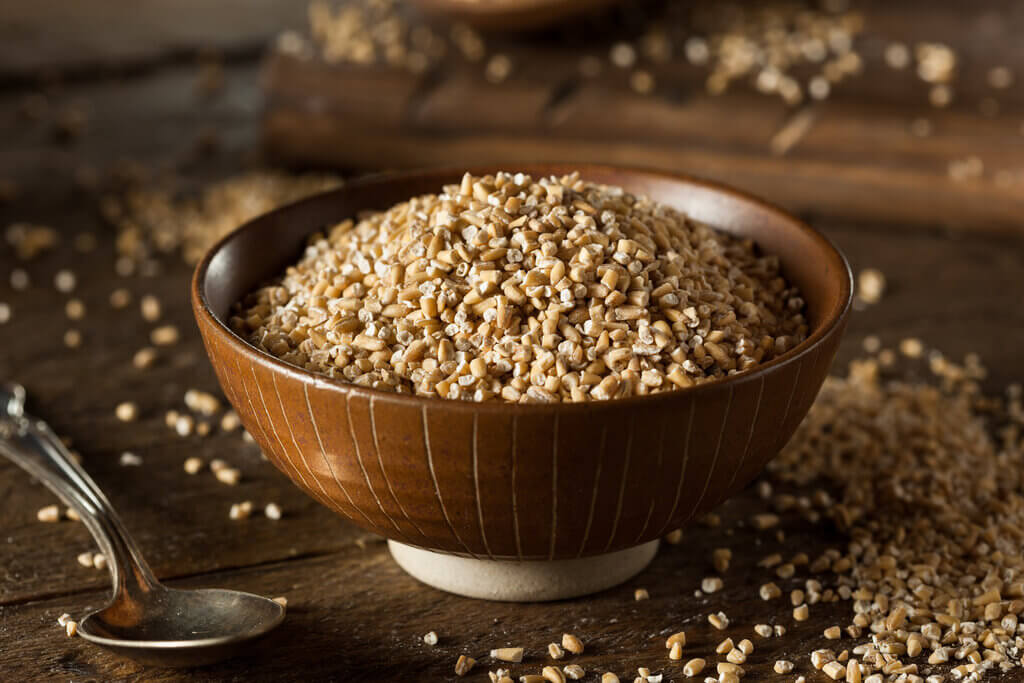
Steel-cut oats or Irish oats are produced by cutting whole oat groats into two to four pieces using a sharp steel blade. With coarse pieces chopped, the appearance of this type of oat becomes similar to rice. The thicker cereal is chewier and creamier in texture. It also takes less time to cook than oat groats, as the liquid can easily seep through the pieces.
It takes about 20 to 30 minutes to cook on a stovetop, pressure cooker, slow cooker, or Instant Pot. Just bring 3 cups of water with 1 cup of steel-cut oats to a boil and reduce the heat to low. Cook until the desired texture and doneness. Irish oats are also great for breakfast cereals, risottos, pilafs, stuffing, stews, and soups. However, this type of oat doesn’t perform well in baking.
Scottish Oats
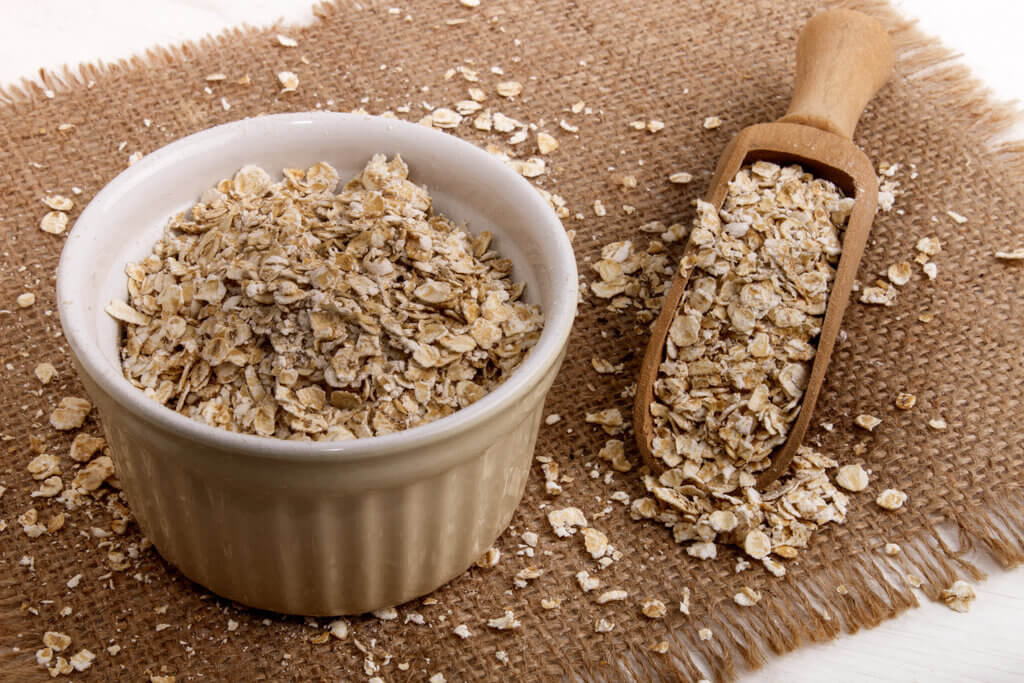
The traditional Scottish method of grinding whole oat groats with stone results in smaller and finer pieces. Due to its finer texture, this type of oat has a creamier and porridge-like consistency when cooked. This makes it ideal as a creamy porridge for a hearty breakfast.
It takes about 10 minutes to prepare on the stovetop. You only need to bring 3 cups of water with 1 cup of Scottish Oats to a boil. Reduce the heat to low. Cook until desired consistency is reached while stirring occasionally. Alternatively, the oats can also be prepared in the microwave for 3 minutes.
Rolled Oats (Old-Fashioned Oats)
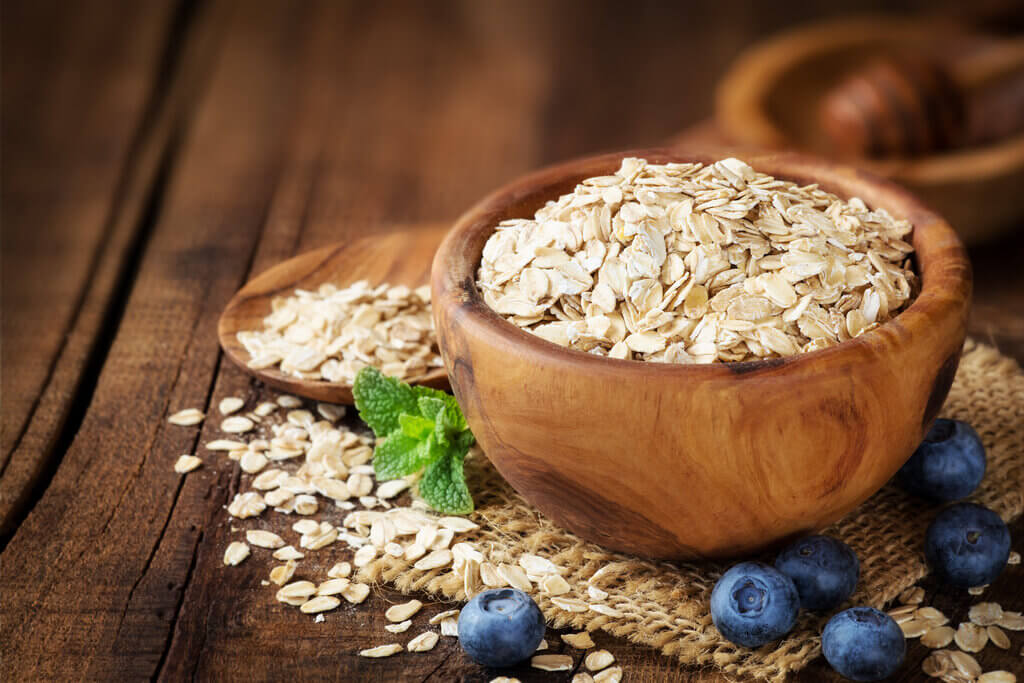
Rolled oats are typically what comes to mind when talking about oats, as it is considered one of the most popular variations of this hearty grain along with steel-cut oats. While steel-cut oats are chopped into pieces with blades, rolled oats are made by steaming and flattening the oat groats between steel rollers. The oats then become flat and wide, which helps reduce their cooking time. Moreover, these can be further processed into flatter and smaller pieces to make quick oats and instant oats.
Rolled oats are considered the most versatile among the other types of oats as they can be easily used for many applications. From baking and making overnight oats to making oat milk, it truly is an all-around variety. Usually, it takes about 5 to 10 minutes to cook rolled oats on the stovetop. Boil a combination of 1 cup of rolled oats with 2 cups of water. Cook on low heat while stirring occasionally and let sit for 1 to 2 minutes before serving.
Quick Oats
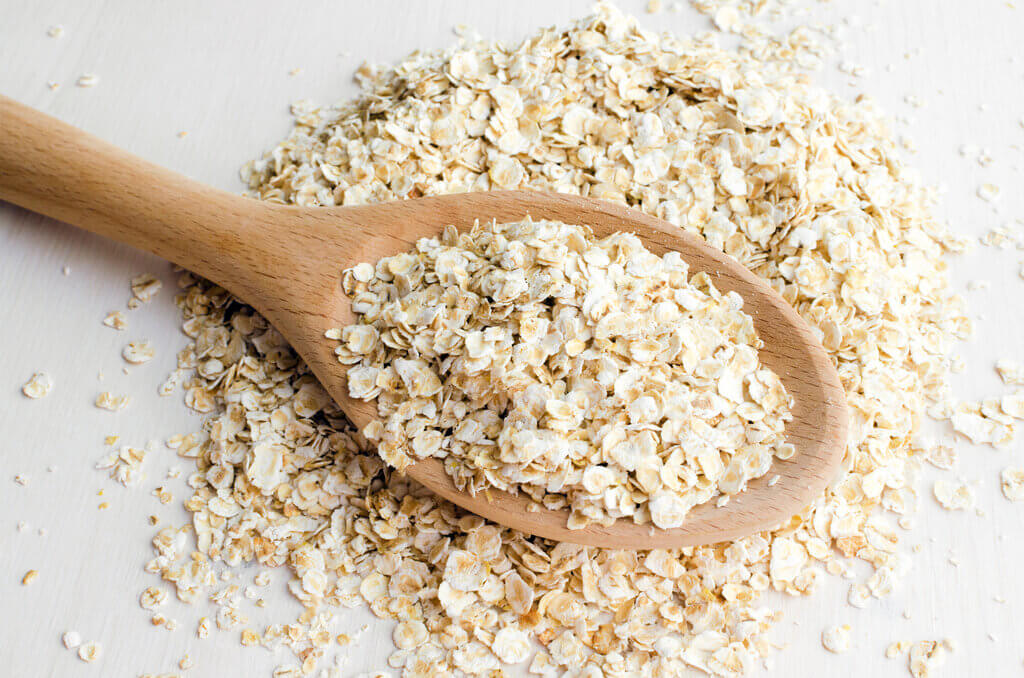
Steamed for a longer period and rolled into thinner flakes to allow for a shorter cook time, quick oats are essentially a finer version of old-fashioned oats. This type of oat is great for on-the-go meals.
By boiling 2 cups of water and 1 cup of quick oats on the stovetop, it’s done in just about 1 to 3 minutes. As they are similar to rolled oats, you can also use them to make smoothies, granola, or pancakes. However, their thinner quality makes them lack texture and chew. Due to the softer consistency, these are digested easily and thus won’t keep you satiated for long.
Instant Oats
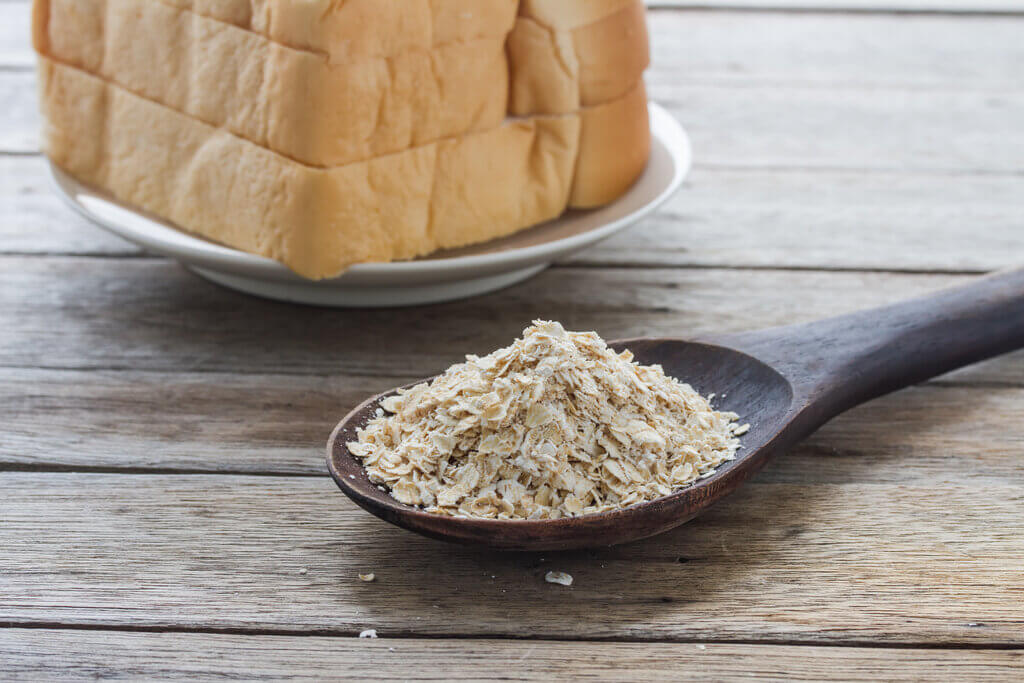
This form of oat is the most processed version of rolled oats as they are precooked, dried, and cut into tiny pieces. Given its name, instant oats cook the fastest and can be ready after a quick trip to the microwave or by soaking in hot water.
In terms of taste, instant oats often come with a lot of additives and sugars to make up for the mushiness. It is also the least nutritious out of all the types of oats. So, it might not be the best choice if you’re going for a healthier lifestyle. To cook this variety, you can check the packet or label for specific instructions as they vary across brands. If you opt to use this on busy days, we recommend looking for instant oats that are unsweetened and have fewer additives in the mix.
Oat Flour
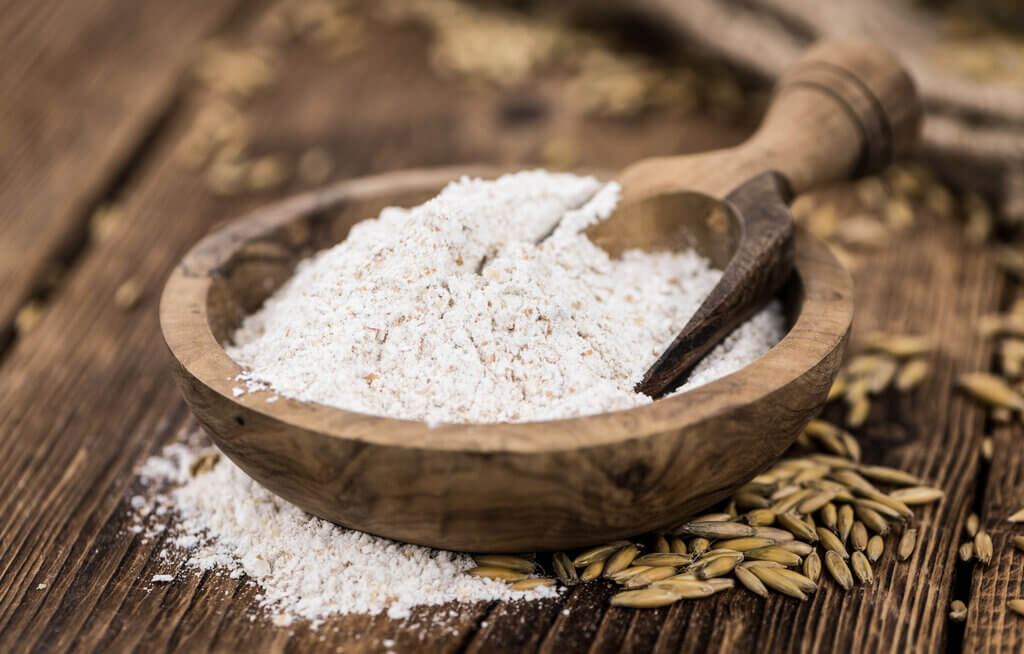
If you love baked goodies, you’ve probably used oat flour before and have purchased it from grocery stores. Packaged oat flour is convenient to use but making your own at home is certainly easier and cost-efficient. Just pulse old-fashioned oats using your trusty blender or food processor!
This type of oat is perfect for making pancakes and muffins, enhancing your regular baked treats such as cookies, bread, or cakes, while also thickening soups and sauces. Oat flour is also an excellent substitute for high-gluten flour. Use 1 and ⅓ cups of oat flour to replace 1 cup of regular white flour.
Note
On their own, oats are gluten-free. However, they can be manufactured in the same facility as other products that contain gluten and it’s possible for cross-contamination to occur.
Oats that are labeled “gluten-free” are great if you plan to omit gluten from your diet. But if you are sensitive to gluten or have celiac disease, it would be best to not consume oat products despite the label to avoid any health risks.
Health Benefits of Oats
Considered to be one of the healthiest grains, oats are a great source of fiber, vitamins, minerals, and antioxidants.
The primary fiber in this cereal is called beta-glucan, and it can help lower cholesterol levels and improve heart health. This humble staple is also packed with antioxidants like avenanthramides which ease high blood pressure.
Similar to whole grains like black rice, oatmeal has a low glycemic index (specifically the less processed types of oats like whole groat oats and steel-cut oats). This index measures how quickly the sugars in food are broken down by the body. And it’s the beta-glucan in oats that greatly contributes to this as it helps delay the absorption of glucose. It keeps you full for longer, reducing calorie intake, which is ideal for weight loss.
Simply put, any type of oats, specifically the less processed ones like oat groats, steel-cut oats, Scottish oats, and even rolled oats are all good for you!
Delicious Oat Recipes to Try
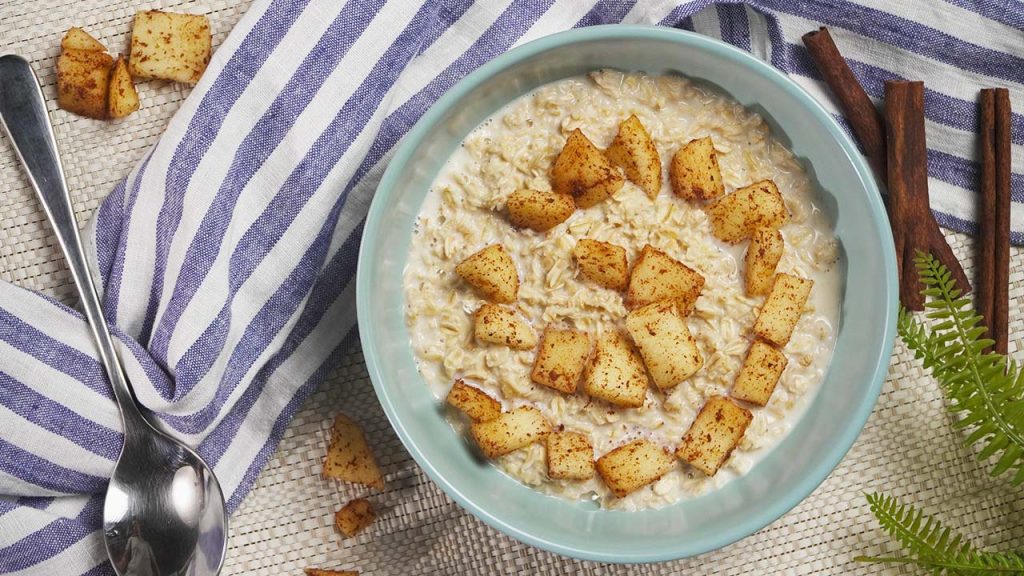
Take a step toward a healthy lifestyle and include whole grains in your diet! Here are some yummy recipes you can try to boost your day and your body:
- Subway Oatmeal Raisin Cookies – Treat yourself to a scrumptious bite of these oatmeal raisin cookies! The chewiness of the rolled oats mingles well with the delectable flavors of the shredded coconut and warm spices. They are best enjoyed with a tall glass of milk.
- Strawberry Oatmeal Muffins – Make mornings brighter with the delicious combination of old-fashioned oats, yogurt, maple syrup, and strawberries all in one bite! You’ll surely pat your own back for a job well done baking this tangy delight.
- Diabetic-Friendly Apple Oatmeal – This warm and filling oatmeal is packed with flavor from the spiced apple chunks and made healthy with steel-cut oats or rolled oats. It’s a relief you don’t have to sacrifice taste when cutting down sugar from your diet.
- Starbucks Blueberry Oatmeal – Bored of sad and gloopy oatmeal in the morning? Jazz up your boring instant oats by adding orange zest and cinnamon to the mix! Top with blueberries to make it even more refreshing.









